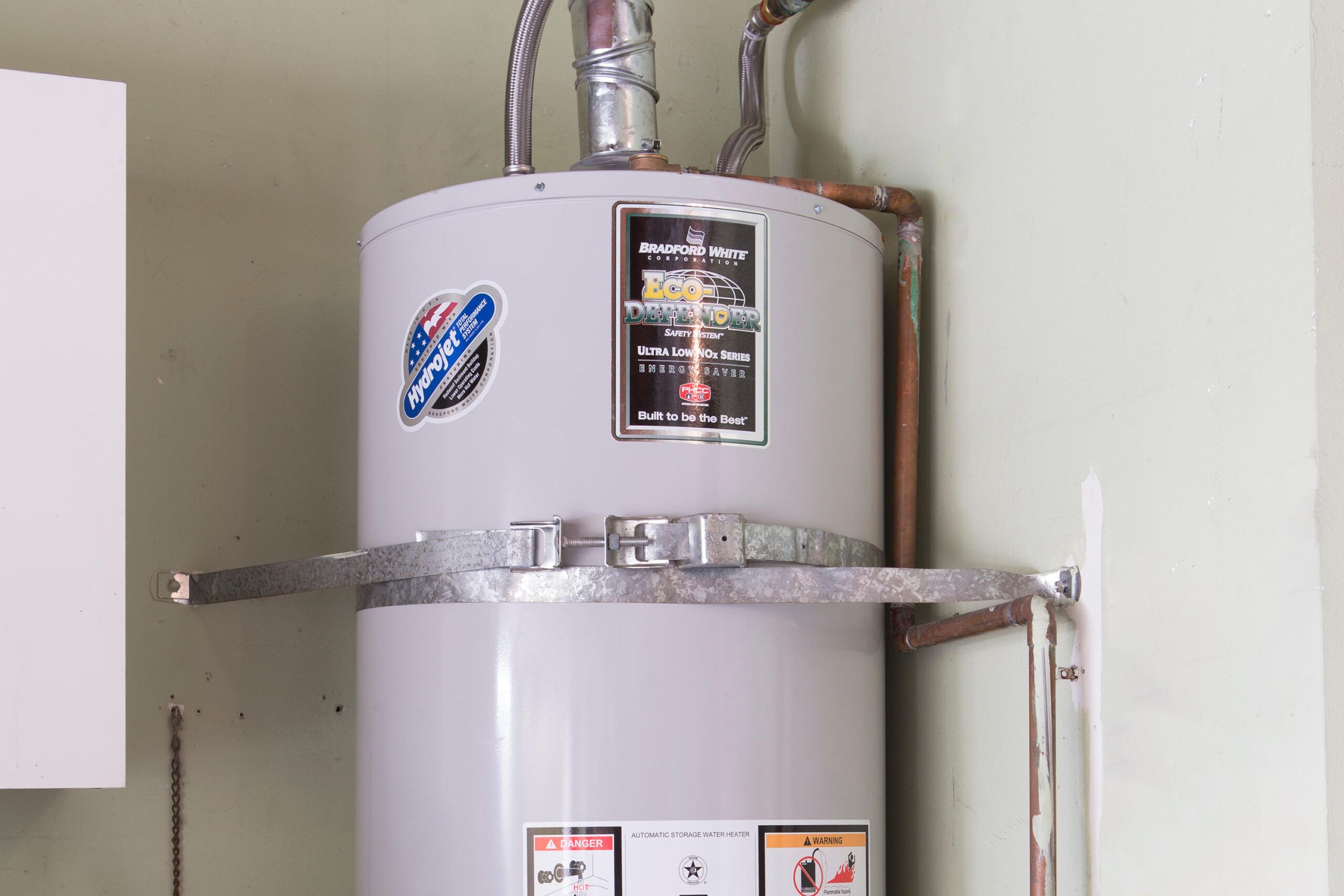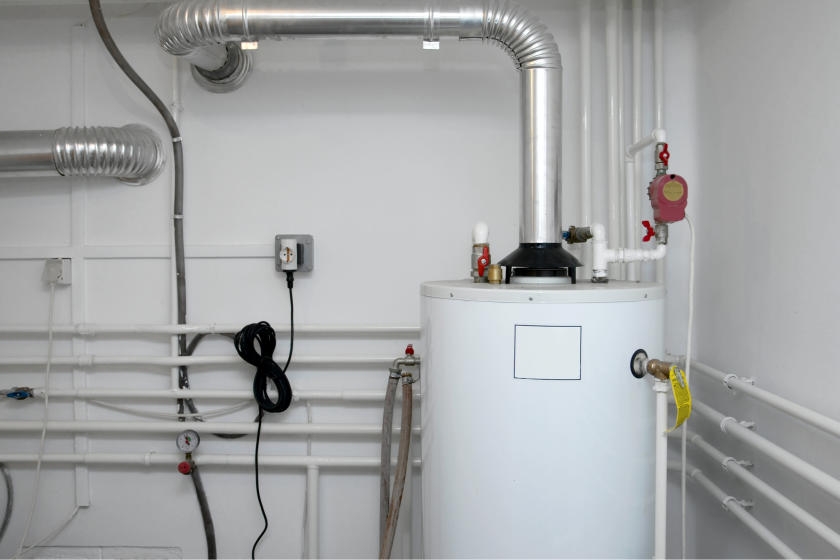What are your ideas about What Kind of Maintenance Do Water Heaters Need??

Hot water is essential for day-to-day comfort, whether it's for a refreshing shower or cleaning dishes. To guarantee your hot water system runs efficiently and lasts much longer, routine upkeep is crucial. This short article provides useful tips and understandings on how to keep your home's hot water system to stay clear of interruptions and costly fixings.
Introduction
Keeping your home's warm water system may seem complicated, however with a few easy steps, you can guarantee it operates efficiently for many years to come. This overview covers whatever from comprehending your hot water system to do it yourself maintenance tips and knowing when to contact specialist assistance.
Significance of Keeping Your Warm Water System
Regular upkeep not just extends the life-span of your hot water system but additionally ensures it runs effectively. Disregarding upkeep can lead to lowered effectiveness, greater energy costs, and even early failing of the system.
Signs Your Warm Water System Needs Maintenance
Knowing when your hot water system needs attention can protect against significant issues. Look out for signs such as inconsistent water temperature, odd noises from the heating unit, or corroded water.
Comprehending Your Hot Water System
Before diving into upkeep tasks, it's practical to comprehend the basic elements of your hot water system. Normally, this includes the hot water heater itself, pipelines, anode rods, and temperature controls.
Monthly Upkeep Tasks
Normal regular monthly checks can aid catch small issues prior to they rise.
Flushing the Hot Water Heater
Purging your water heater gets rid of debris buildup, enhancing efficiency and extending its life.
Monitoring and Replacing Anode Rods
Anode rods protect against deterioration inside the container. Examining and changing them when broken is important.
Evaluating and Adjusting Temperature Setups
Adjusting the temperature settings makes certain optimal performance and security.
Do It Yourself Tips for Maintenance
You can carry out a number of upkeep tasks yourself to maintain your hot water system in leading problem.
Checking for Leaks
On a regular basis check pipelines and links for leaks, as these can result in water damage and higher expenses.
Checking Stress Alleviation Valves
Testing the pressure relief valve guarantees it functions correctly and avoids extreme stress build-up.
Shielding Pipes
Insulating hot water pipes decreases warm loss and can conserve energy.
When to Call a Professional
While DIY maintenance is useful, some problems need expert know-how.
Facility Concerns Needing Expert Assistance
Examples include major leaks, electrical problems, or if your water heater is regularly underperforming.
Routine Professional Maintenance Conveniences
Professional maintenance can include thorough inspections, tune-ups, and making certain conformity with safety and security criteria.
Verdict
Routine upkeep of your home's hot water system is essential for efficiency, longevity, and cost savings. By following these tips and knowing when to look for specialist assistance, you can guarantee a dependable supply of warm water without unanticipated disruptions.
How to Maintain an Instant Hot Water Heater
Before tinkering with your hot water heater, make sure that it’s not powered on. You also have to turn off the main circuit breaker and shut off the main gas line to prevent accidents. Also turn off the water valves connected to your unit to prevent water from flowing into and out of the appliance. 2. When you’re done, you have to detach the purge valves’ caps. These look like the letter “T†and are situated on either side of the water valves. Doing so will release any pressure that has accumulated inside the valves while at the same time avoid hot water from shooting out and burning your skin. 3. When the purge valves’ caps are removed, you have to connect your hosing lines to the valves. Your unit should have come with three hoses but if it didn’t, you can purchase these things from any hardware or home repair shops. You can also get them from retail stores that sell water heating systems. Read the user’s manual and follow it to complete this task properly. When the hosing lines are connected, open the purge port’s valves. 4. You should never use harsh chemical cleaners or solutions when cleaning your unit. Make use of white vinegar instead. It should be undiluted and you’ll probably use about 2 gallons. 5. Now flush your water heater. This task should probably take about 40 minutes. We can’t give you specific directions for this because the procedure is carried out depending on the type, model and brand of your heater. With that being said, refer to the user’s manual. 6. When you’re done draining the unit, you have to turn off the purge port valves again. Remove the hosing lines that you earlier installed on each of the water valves. Put the valve caps (purge port) back in their respective places and be very careful so as not to damage the rubber discs that are found inside these caps. 7. Now that everything’s back in place, check your user’s manual again to find out how to reactivate your water heating system. 8. Once it is working, turn one of your hot water faucets on just to let air pass through the heater’s water supply pipes. Leave the tap on until water flows smoothly out of it. https://www.orrplumbing.com/blog/2014/september/how-to-maintain-an-instant-hot-water-heater/

We had been introduced to that article on Water Heater Maintenance Tips You Can't Afford to Forget from someone on another domain. Appreciated our piece of writing? Please share it. Let someone else check it out. I appreciate your readership.
Information